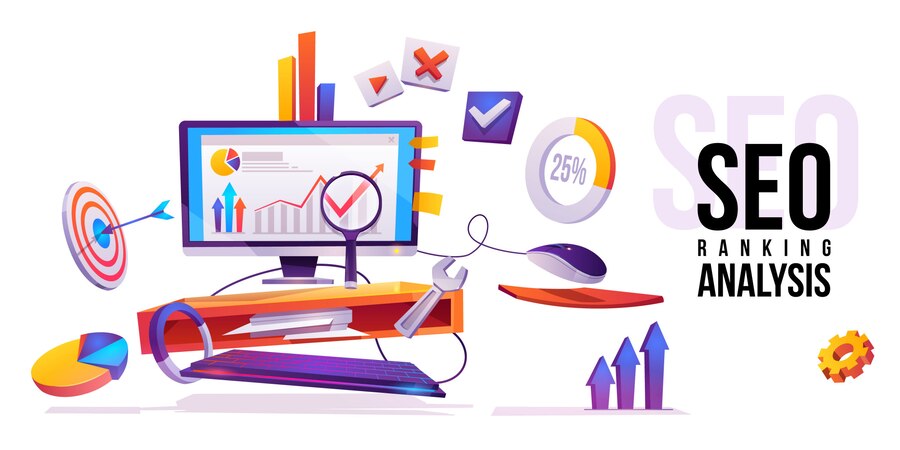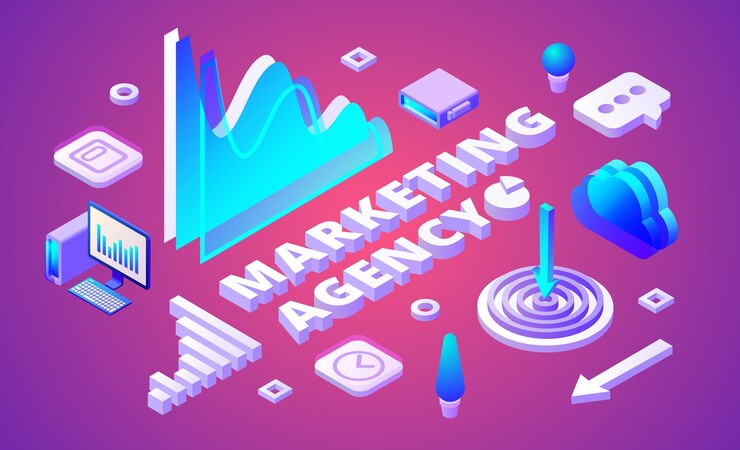With the CBD industry booming, brands are increasingly seeking effective ways to reach their target audience through digital advertising. However, promoting CBD products online comes with a unique set of challenges, particularly due to strict regulations and ad policies on major platforms. For CBD-focused advertising agencies, staying compliant while achieving visibility for their clients requires a deep understanding of the ever-evolving advertising landscape.
This article explores how a CBD ads agency can successfully navigate compliance on major platforms, avoiding ad bans while maximizing campaign effectiveness.
Understanding Platform Policies: Facebook, Google, and Beyond
Each major advertising platform, such as Facebook, Google, Instagram, and Twitter, has its own set of guidelines governing CBD and cannabis-related advertising. While each platform has nuances, there are overarching restrictions and rules that CBD ads agencies must be aware of to operate within compliance.
-
Facebook: Facebook prohibits ads for CBD products directly, although it allows hemp-based products without CBD. To navigate this, agencies often focus on indirect strategies, such as promoting educational content about hemp or wellness, or running campaigns that lead to landing pages without explicit CBD references.
-
Google: Google also restricts CBD ads but permits hemp seed oil or other non-CBD products in certain regions. To work around this, agencies have to get creative, focusing on keywords related to general wellness without mentioning CBD outright.
-
Instagram: As an extension of Facebook, Instagram enforces similar restrictions. However, many CBD brands see success on Instagram through influencer marketing and organic strategies, which can amplify visibility without directly violating platform policies.
-
Twitter: Unlike other platforms, Twitter has shown a willingness to allow CBD ads, albeit under strict guidelines. Advertisers must adhere to state-specific regulations in the U.S., hold proper licensing, and avoid targeting minors. Twitter’s openness to CBD ads makes it a favorable option for CBD ad agencies that can meet these requirements.
Key Strategies for Compliance and Visibility
To avoid ad bans while effectively promoting CBD brands, agencies often employ specific strategies that comply with platform guidelines. Here are some of the most effective methods:
1. Content Marketing and Indirect Advertising
Creating educational and informative content that skirts direct mentions of CBD is a popular strategy. Instead of focusing on the product itself, ads can highlight the benefits of a wellness lifestyle or hemp-based products, drawing audiences interested in related topics. For example, an agency might create a campaign that educates consumers about the endocannabinoid system, emphasizing holistic wellness without referencing CBD directly.
2. Building Organic Traffic through SEO and Content
Due to advertising limitations, many CBD brands rely heavily on organic traffic. By optimizing websites and blogs for SEO, agencies can help brands rank for valuable search terms. Topics around “natural wellness,” “holistic health,” and “alternative remedies” allow CBD brands to reach potential customers without running afoul of advertising policies. High-quality blog posts, FAQ sections, and in-depth guides can bring in traffic through organic search, especially if they answer questions about CBD in an educational, non-promotional tone.
3. Using Influencer Marketing on Social Platforms
Influencer partnerships are a powerful way to promote CBD products, especially on Instagram and YouTube. Influencers can discuss their experiences with CBD or similar wellness products, subtly driving awareness without overt advertising. However, CBD agencies need to ensure that influencers disclose partnerships to remain compliant with advertising regulations and avoid potential penalties.
4. Email Marketing as a Primary Channel
Email marketing is another compliant avenue for CBD advertising, as it is a direct line of communication with interested consumers. By creating an email subscriber list, agencies can share valuable content, offer promotions, and educate consumers about CBD without platform restrictions. However, it’s important to include disclaimers and avoid misleading claims to comply with FTC guidelines.
5. Utilizing Geo-Targeting on Permissive Platforms
In some regions, such as certain states within the U.S., advertising restrictions for CBD are less stringent. Agencies can take advantage of geo-targeting tools on platforms like Twitter or even certain display networks to reach audiences within these specific areas. By focusing on compliant regions, agencies can ensure ad campaigns stay within legal boundaries while maximizing reach in target markets.
6. Developing Landing Pages Carefully
Landing pages play a critical role in any CBD advertising campaign. Even when ads are allowed, the content on the landing page must adhere to compliance guidelines. For instance, rather than showcasing CBD products outright, a landing page might discuss the general benefits of hemp or wellness supplements, with more explicit product information gated behind additional navigation. By structuring landing pages carefully, agencies can create user-friendly experiences that pass platform scrutiny.
Staying Updated on Compliance and Industry Regulations
The regulations surrounding CBD advertising are continuously evolving, so CBD ads agencies must stay informed on the latest changes. Here are some ways they manage this:
-
Regular Monitoring of Platform Policy Updates: Major platforms update their policies periodically, often without significant notice. Agencies must keep a close eye on any updates to advertising guidelines and adjust campaigns as necessary.
-
Compliance Tools and Software: Certain tools are available to help CBD ads agencies monitor compliance across platforms. Tools like BrandVerity or Pathmatics provide insights into ad compliance, flagging potential issues early and offering recommendations for optimization.
-
Legal Consultation: Many agencies consult with legal experts specializing in CBD law. Given the complexity of cannabis-related advertising, access to up-to-date legal guidance helps agencies navigate state-specific and federal regulations, reducing the risk of penalties.
Case Studies: Real-World Approaches to Successful CBD Advertising
Examining case studies can provide insight into how CBD agencies achieve success despite ad restrictions. Below are two hypothetical examples that highlight effective strategies:
Case Study 1: Wellness-First Campaign for a CBD Skincare Brand
A CBD skincare brand aimed to increase brand awareness and drive traffic without explicitly advertising CBD. The agency used a wellness-focused approach, promoting general skincare benefits and mentioning hemp seed oil rather than CBD. On Instagram, they collaborated with skincare influencers who discussed the benefits of plant-based skincare, subtly mentioning the brand without direct promotion. The campaign resulted in a 35% increase in organic traffic and a notable rise in social media engagement.
Case Study 2: Leveraging Twitter for a CBD Oil Brand
A CBD oil brand partnered with an agency that focused on state-specific targeting, using Twitter’s flexible ad policies to reach users in permissive regions. The campaign emphasized stress relief and holistic health without explicit mentions of CBD in ad copy. By targeting regions where CBD advertising was permissible, the brand saw a 50% increase in website traffic and a significant boost in conversion rates.
The Future of CBD Advertising
As CBD becomes more widely accepted, there’s potential for loosening restrictions on major platforms. Many CBD advocates are pushing for regulatory changes that would allow CBD to be advertised more freely, especially given the non-intoxicating nature of cannabidiol. Agencies specializing in CBD advertising are watching these developments closely, as more lenient policies could open new doors for reaching broader audiences.
In the meantime, the role of a CBD ads agency remains crucial in navigating the challenges of compliance, crafting creative campaigns, and achieving measurable results for clients. As long as agencies stay informed, embrace innovation, and adhere to platform guidelines, they can continue to drive success for CBD brands while steering clear of ad bans.
Conclusion
Advertising CBD products on major platforms presents unique challenges due to strict regulations and constantly changing policies. For a CBD ads agency, achieving success means mastering the art of compliance and leveraging creative strategies that adhere to guidelines while effectively promoting brand visibility. By focusing on content marketing, SEO, influencer partnerships, and careful targeting, these agencies can help CBD brands thrive within a restrictive advertising landscape.
Navigating compliance in the CBD space is no easy feat, but with the right approach, CBD-focused agencies can support brand growth and awareness, ultimately shaping a more accessible future for CBD advertising.




